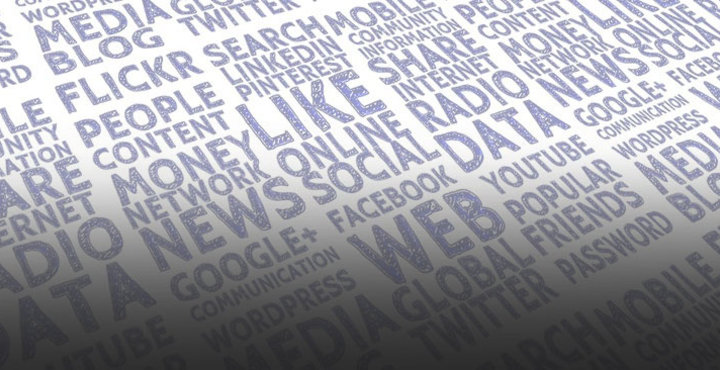How the interaction of social media and business has changed the face of marketing

The advent of social media has ushered in a new age of marketing. Although the true power of social media may be hidden under a veil of selfies, semi-reliable news stories, and what-I-had-for-dinner status updates, these digital platforms have become some of the most effective marketing tools available to businesses. In fact, the use of social media in business is no longer considered cutting edge—it's standard.
The relationship between social media and business has certainly blossomed in recent years, but this doesn't mean that traditional marketing, with its flyers, press releases, and cold calls, has been eclipsed entirely. Traditional marketing need not equate to outdated marketing, though it must be supplemented by innovation to remain successful. Following are four comparisons of marketing practices as they were used before and after social media integration, demonstrating how the synchronization of social media and business can increase your overall marketing success.
Before: Implement your marketing strategies, and then wait for a response. Many marketing campaigns rely on the initiative of potential customers to follow up. You can give them information about your product or service and try to persuade them of its value, but if they don't put in some effort to determine if the information will really work for them, nothing will come of your efforts.
After: Implement your marketing strategies, and then actively follow up. The prominence of social media in business has provided another avenue through which customers can engage—one that does not necessitate much initiative on the part of the customer to pursue. By simply logging in to their Facebook or Twitter account and searching for your company, potential customers can easily discover more about you and your offerings by viewing your profile or following your company. At the same time, you can directly follow up with your customers. It is this convenience and accessibility that makes social media and business marketing such fast friends.
Before: Hope customers spread good word of mouth to friends. When appropriate, a business can ask satisfied customers to pass along their impressions of the company to friends and family. However, there is no control over how or when recommendations are expressed, if they are expressed at all.
After: Facilitate the spread of good word of mouth. Social media and business come together at this crucial point. Social media can be used by businesses to promote organic, engaging conversation between people. Of all the benefits of utilizing social media in business, the ability to facilitate conversation between satisfied customers is perhaps the greatest. Social media profiles are perfect platforms from which to prompt and direct conversations among existing and potential clients.
Before: Obtain feedback by requesting reviews and sending out surveys. As well as prompting clients to interact with each other and with other potential leads, you want your clients to communicate with your business to ensure that they receive the high-quality product or service they seek. Stimulating this interaction by requesting clients to complete reviews or surveys can feel forced and impersonal.
After: Obtain feedback instantly and engage with customers about their experiences. Using social media in business is ideal for interacting with customers to gain insight into individual client experiences and to address specific complaints or concerns. Both social media and business marketing are based on communication, and the real-time communication that social media facilitates makes your business more accessible to people, fostering customer satisfaction and loyalty.
Before: Advertise and hope it works. If not, it's back to square one! With forms of media such as print, television, and radio, once your message is out there, it's out there to stay. You can no longer tweak it to appeal to a slightly different market or to determine whether a different presentation would be more effective. To do this, you'd have to pay for an entirely new piece of advertising material.
After: Advertise and measure effectiveness as you go, making changes easily when needed. If social media engagement is anything, it's measurable. There are many programs available to provide you with detailed information about the people you are reaching through your social media accounts. Social media is also changeable and adjustable; if your measurements indicate that a certain marketing strategy is not as effective as you'd like, try changing things up a bit. Social media and business can work in harmony to keep strategies and content fresh by tracking what works and what doesn't.
Traditional marketing strategies are far from obsolete, but peppering them with good social media engagement will almost certainly increase your overall marketing success. Social media and business marketing have become so closely linked that it is no longer possible—or desirable—for businesses to ignore the relationship. For support in achieving this necessary engagement, check out Scribendi's social media editing service. In this new age of marketing, there is no need to abandon the old tools, but these should be modified and complemented with fresh innovations and platforms to ensure they're being used as efficiently as possible.
Image source: edar/Pixabay.com, BigStockPhoto.com








